Frequently Asked Questions
1. What is the primary function of a chef's knife?
2. What are the distinctive features of a Santoku knife?
3. When should I use a paring knife?
4. What is the purpose of a utility knife in the kitchen?
5. Why is proper knife care important?
When it comes to culinary excellence, the right tools make all the difference. Among these, the types of knives you select can dramatically influence your cooking experience. Chef knives & sets are not just essential for professional chefs but also for home cooks who want to craft beautiful and delicious meals. In this article, we’ll explore various knife styles, from the classic chef's knife to the versatile Santoku, helping you choose the right blade for your culinary adventures.
The Foundation: Chef’s Knives
The chef’s knife is perhaps the most recognizable kitchen tool, often referred to as the all-purpose workhorse. This versatile knife typically features a broad, tapered blade that ranges from 8 to 12 inches in length. Its design allows you to tackle any chopping, slicing or dicing task with precision. The weight and balance of a quality chef's knife contribute to its ease of use, making it a favorite among both culinary beginners and experts alike.
Why You Need a Chef’s Knife
- Versatility: Perfect for a wide variety of tasks, from dice vegetables to slice proteins.
- Precision: The sharp, sturdy blade allows for fine and accurate cuts.
- Durability: High-quality chef knives are built to last, often made from stainless steel or high-carbon steel.
Japanese Craftsmanship: The Santoku Knife
The Santoku knife, which translates to “three virtues,” excels in three main categories: slicing, dicing, and mincing. Originating from Japan, this knife features a shorter, wider blade compared to the traditional chef's knife. Its design is perfect for making precise cuts and is ideal for working with vegetables and fish.
The Unique Features of a Santoku Knife
- Granton Edge: Many Santoku knives feature a granton edge, which consists of indentations along the blade. This design reduces friction and prevents food from sticking.
- Japanese Steel: Typically crafted from high-quality Japanese steel, Santokus are known for their sharpness and durability.
- Ergonomic Design: The handle is often designed to provide a comfortable grip, making it easy to maneuver for extended periods.
Specialized Blades: Paring Knives
While chef knives & sets cover a range of tasks, there are specialized knives that serve specific purposes. The paring knife is essential for intricate tasks such as peeling, trimming, and creating garnishes. With a smaller blade—typically 3 to 4 inches—it offers excellent control for detailed cutting.
When to Use a Paring Knife
- Detailed Work: Perfect for peeling fruits and vegetables.
- Garnishing: Ideal for creating decorative cuts and presentations.
- Accuracy: Provides better maneuverability for small, precise jobs.
The Power of Utility Knives
A utility knife serves as a middle ground between a chef's knife and a paring knife. Its longer blade usually measures around 5 to 7 inches, making it appropriate for a variety of cutting jobs without the heft of a larger knife. This knife is perfect for slicing sandwiches or cutting fruits and vegetables where a chef's knife might feel excessive.
Utility Knife Benefits
- Versatile: Effective for a variety of general food preparation tasks.
- Compact: Easier to handle for those who might find larger knives unwieldy.
- Convenient: Great for quick tasks without needing to grab your chef knife.
The Aesthetic of Bread Knives
A bread knife, easily recognized by its serrated edge, plays a vital role in the kitchen, especially for those who enjoy freshly baked goods. The serration helps in effortlessly cutting through crusty bread without squishing the soft interior.
Essential Features of a Bread Knife
- Serrated Blade: This design minimizes tearing and allows for clean slices.
- Length: A longer blade usually provides better leverage for cutting large loaves.
- Multi-Purpose: Can also be used for cutting soft fruits or cakes!
Understanding Cleavers
The cleaver is a heavy-duty knife known for its large, rectangular blade. While it’s often associated with meat preparation—splitting bones or slicing through thicker cuts—it’s also versatile enough for vegetables. The weight of the cleaver makes it an effective tool for those heavier kitchen tasks.
Why Every Kitchen Needs a Cleaver
- Strength: Can cut through tougher materials, making it essential for butchery.
- Chopping: The weight allows for effective chopping with minimal effort.
- Durable: Built to withstand heavy use and impact.
The Importance of Knife Care
No matter which knife you choose, proper maintenance will ensure a longer lifespan and improved performance. Learning how to effectively clean and sharpen your knives is crucial. Chef knives & sets are an investment that requires care to maintain their sharpness and integrity.
Basic Knife Care Tips
- Hand Wash: Always wash knives by hand instead of using a dishwasher to prevent damage.
- Dry Immediately: Prevent rust by drying your knives right after washing.
- Sharpen Regularly: Invest in a high-quality sharpening tool to keep your knives in prime condition.
Finding the Perfect Chef Knife Set
Choosing a chef knife set that meets the diverse needs of your kitchen is key to unlocking your culinary potential. When shopping for chef knives & sets, consider factors like the material, weight, handle comfort, and the specific types of knives included in the set.
What to Look For in a Chef Knife Set
- Variety: Ensure the set includes various knives to cover all cooking tasks.
- Quality Materials: Look for high-carbon stainless steel for durability.
- Ergonomics: The handle should feel comfortable in your hand—try to hold it if possible.
Sharpen Your Skills with the Right Knife
Choosing the right knife and knowing how to use it effectively can transform your cooking and food preparation time. A chef's knife can handle multiple tasks, while specialized knives like Santokus and paring knives allow for more finesse and accuracy in the kitchen. Remember that good knives are not just about the blade; they are about the craftsmanship, the care, and the experience they bring to your culinary endeavors.
Ready to Level Up Your Kitchen Game?
With so many options to explore, understanding different knife styles prepares you for whatever culinary adventure awaits. Investing in quality chef knives & sets empowers you to elevate your cooking game and experience the joys of preparing meals with precision and artistry. So get ready to chop, slice, and dice your way to culinary bliss!


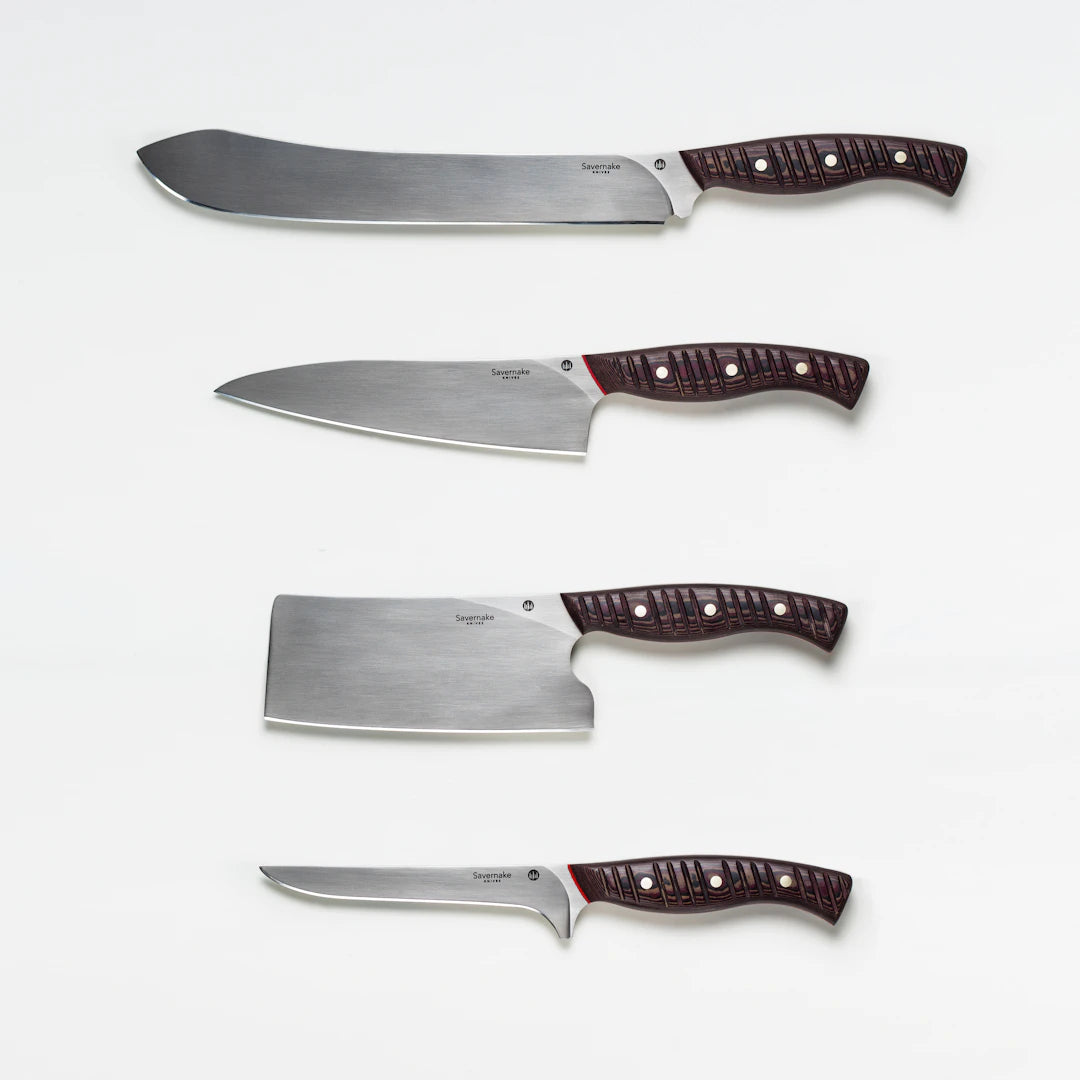
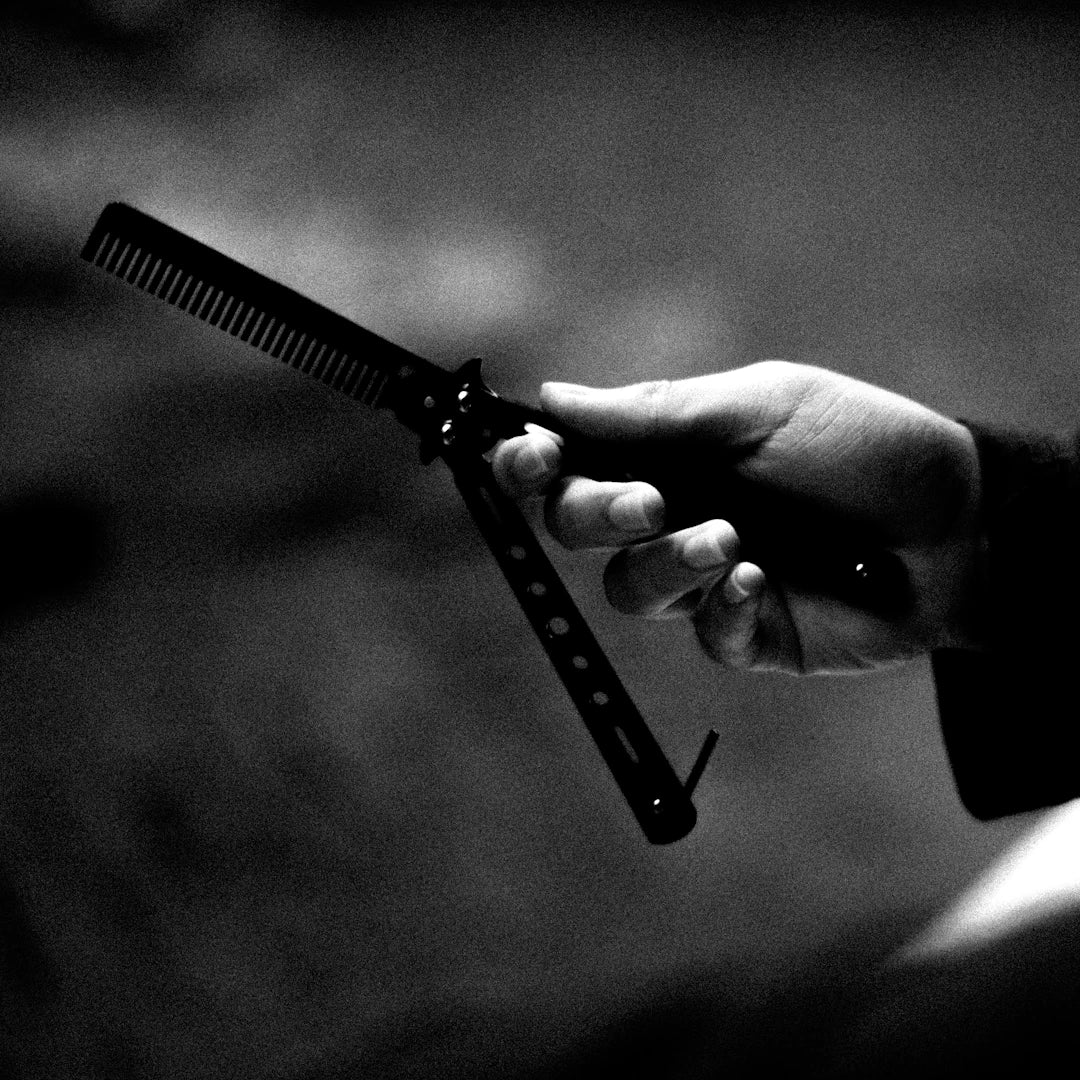
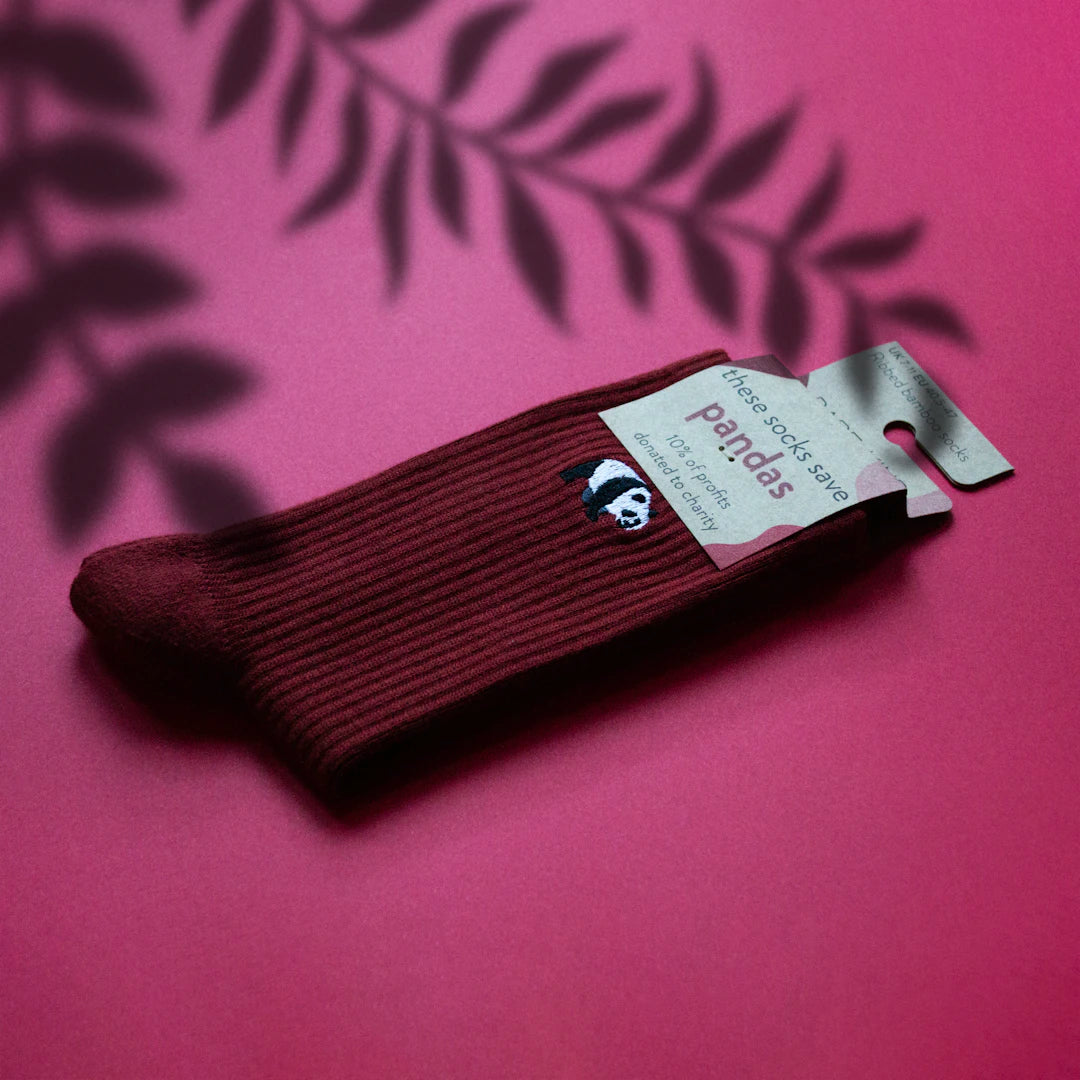

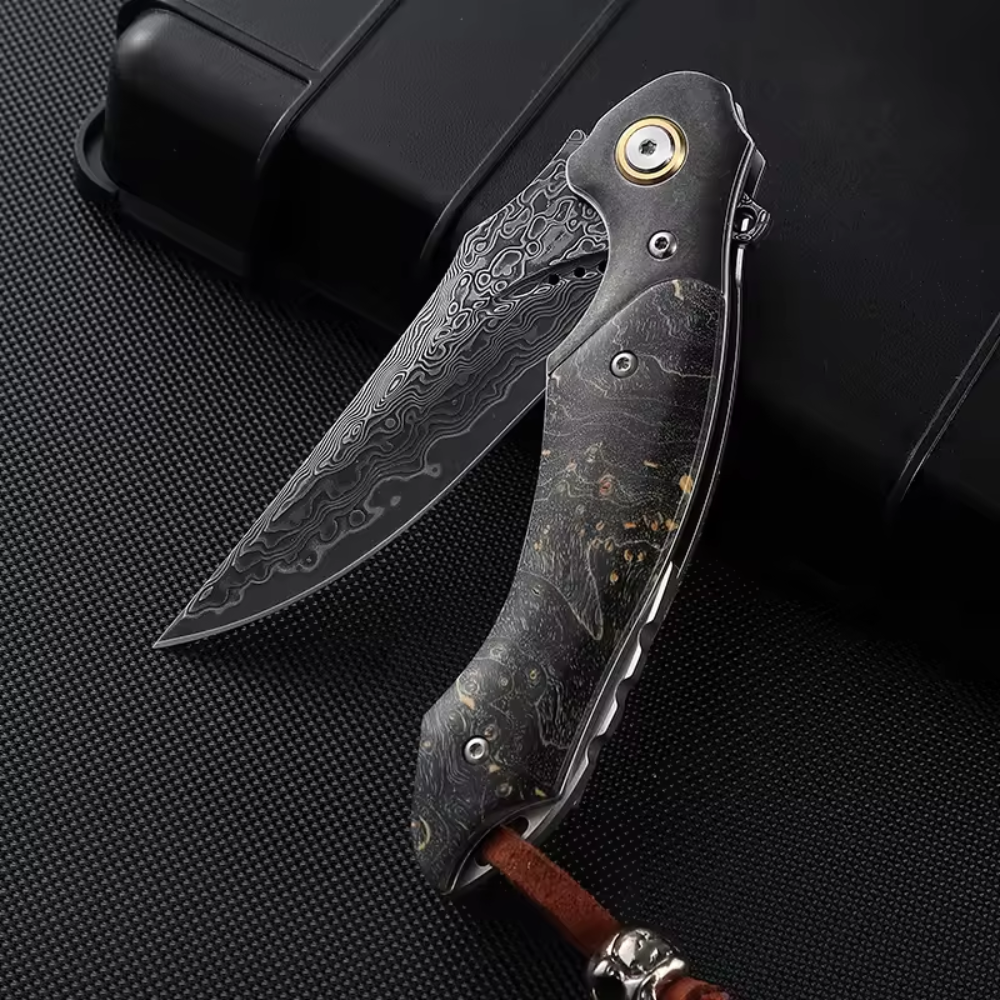
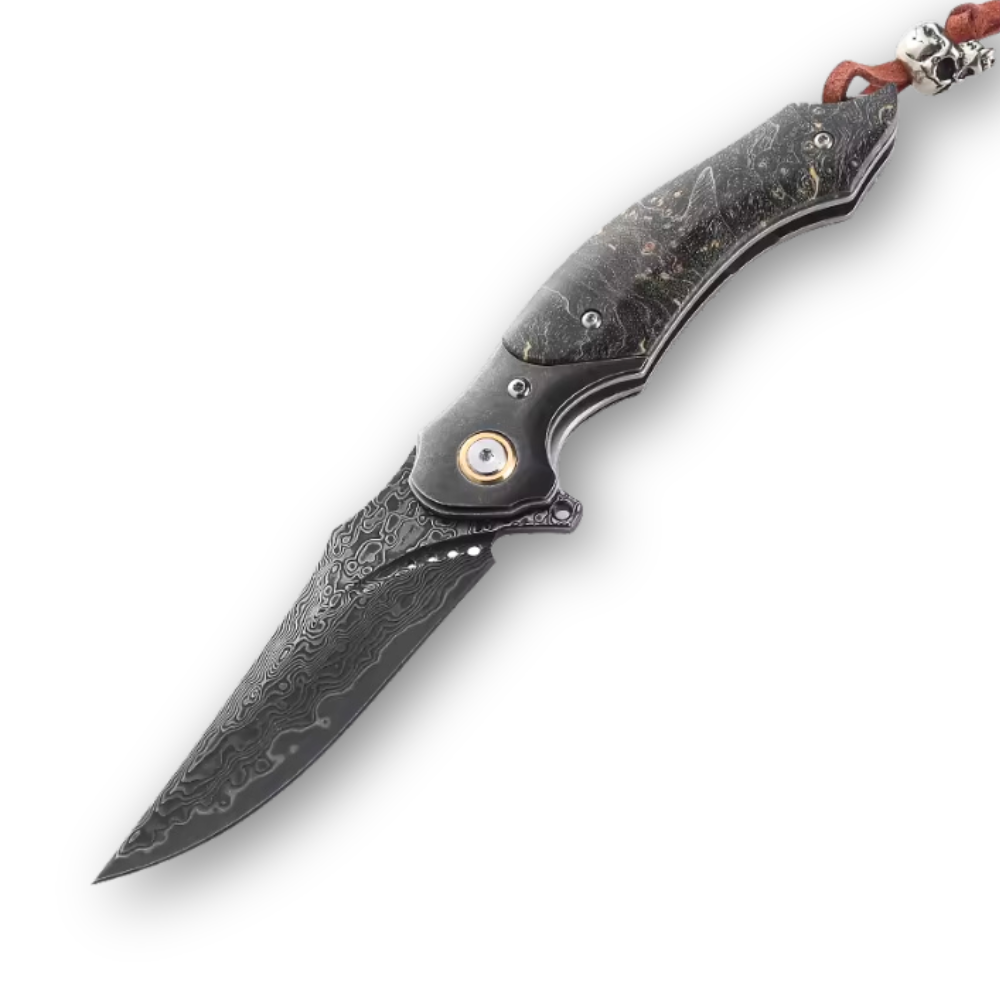
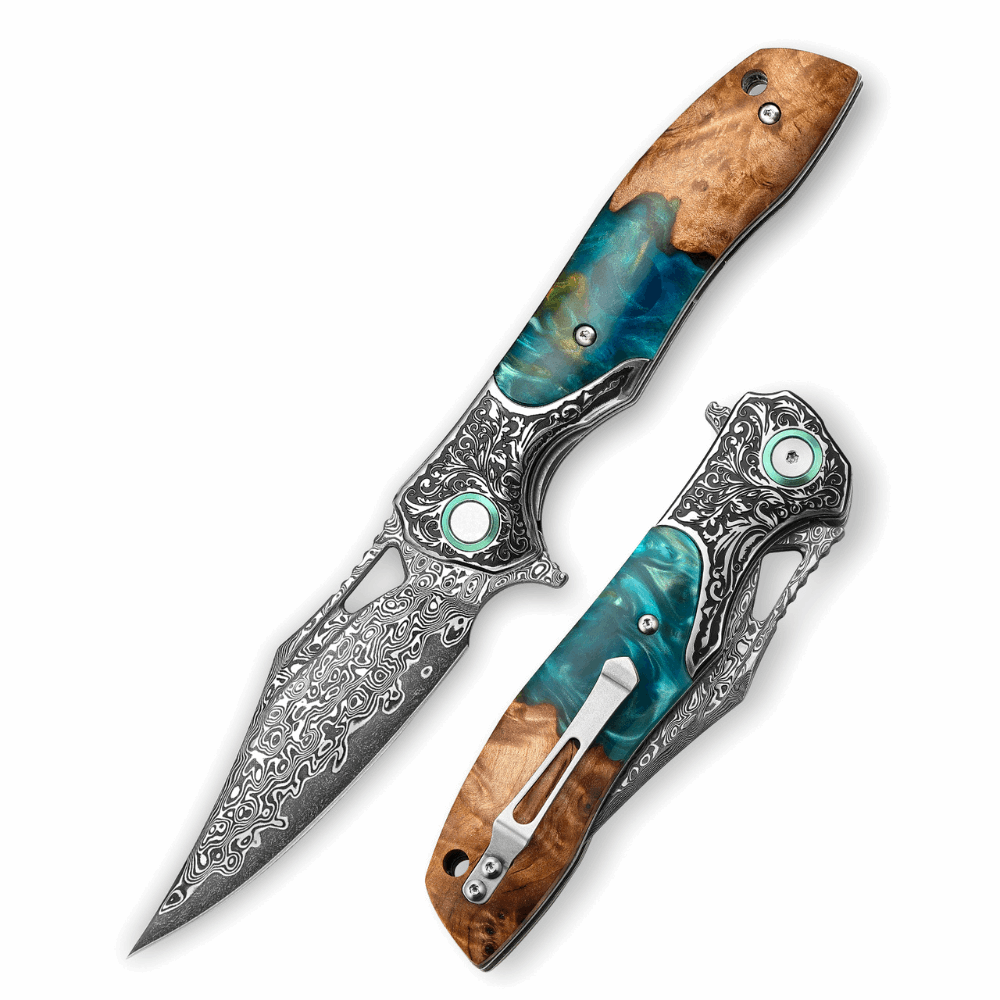
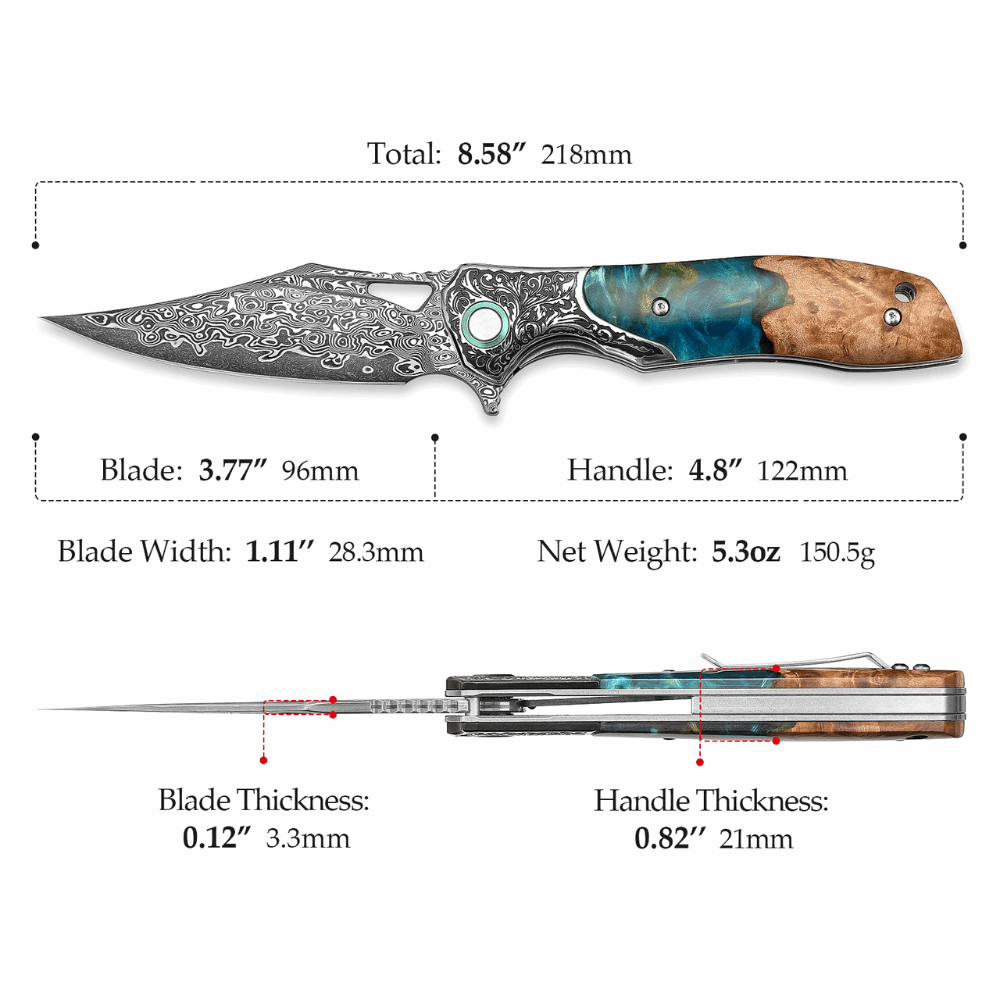
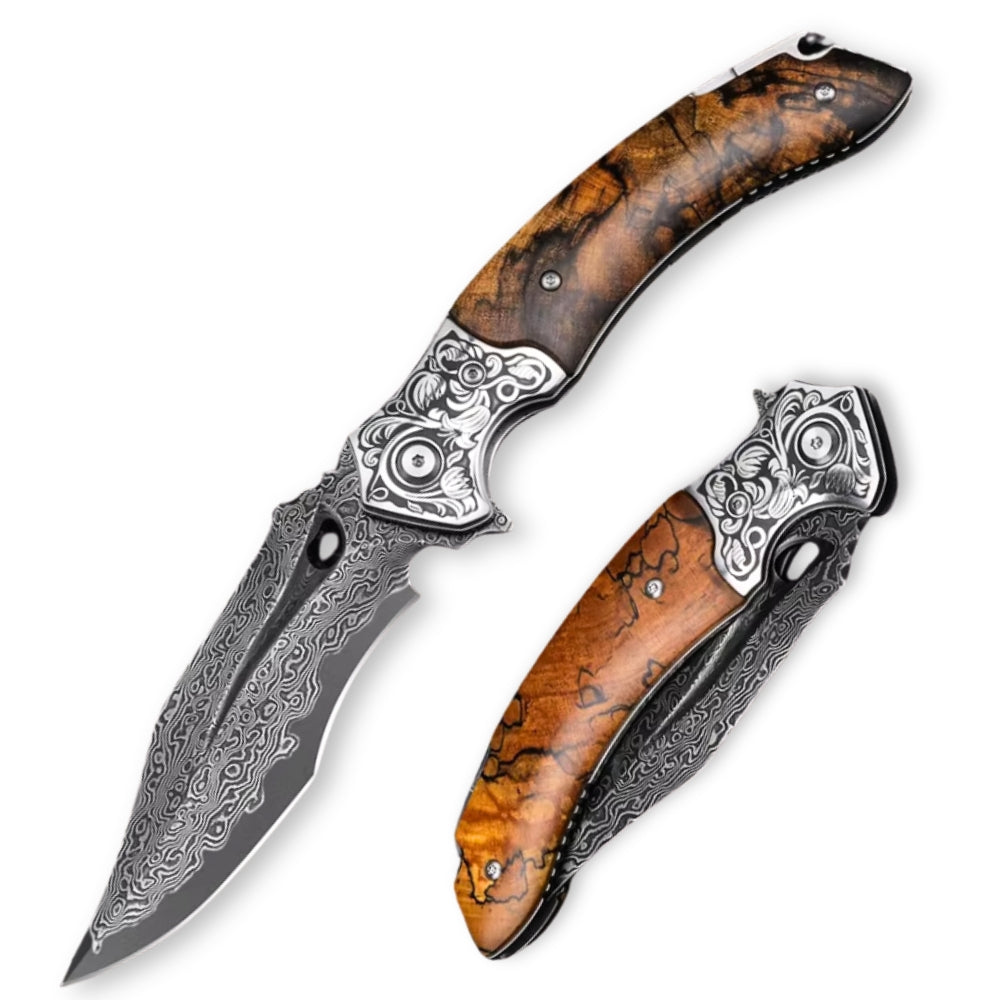
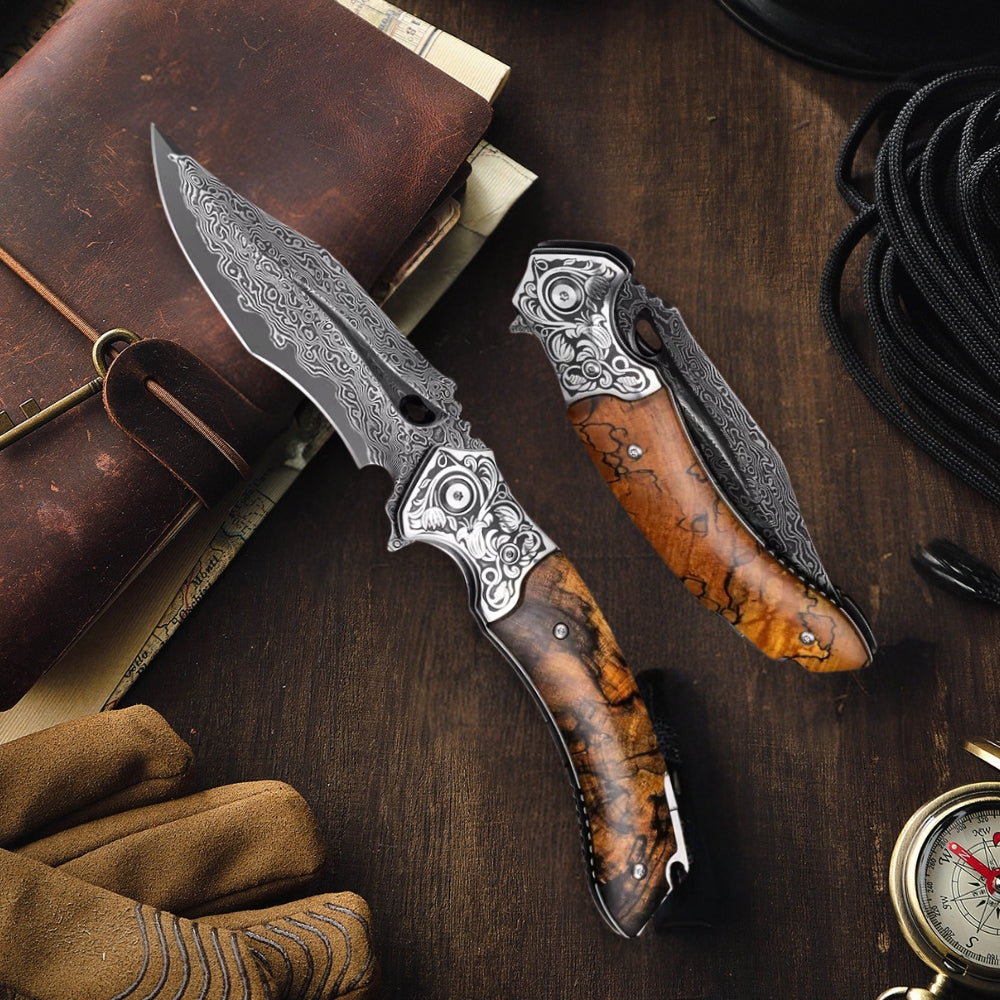
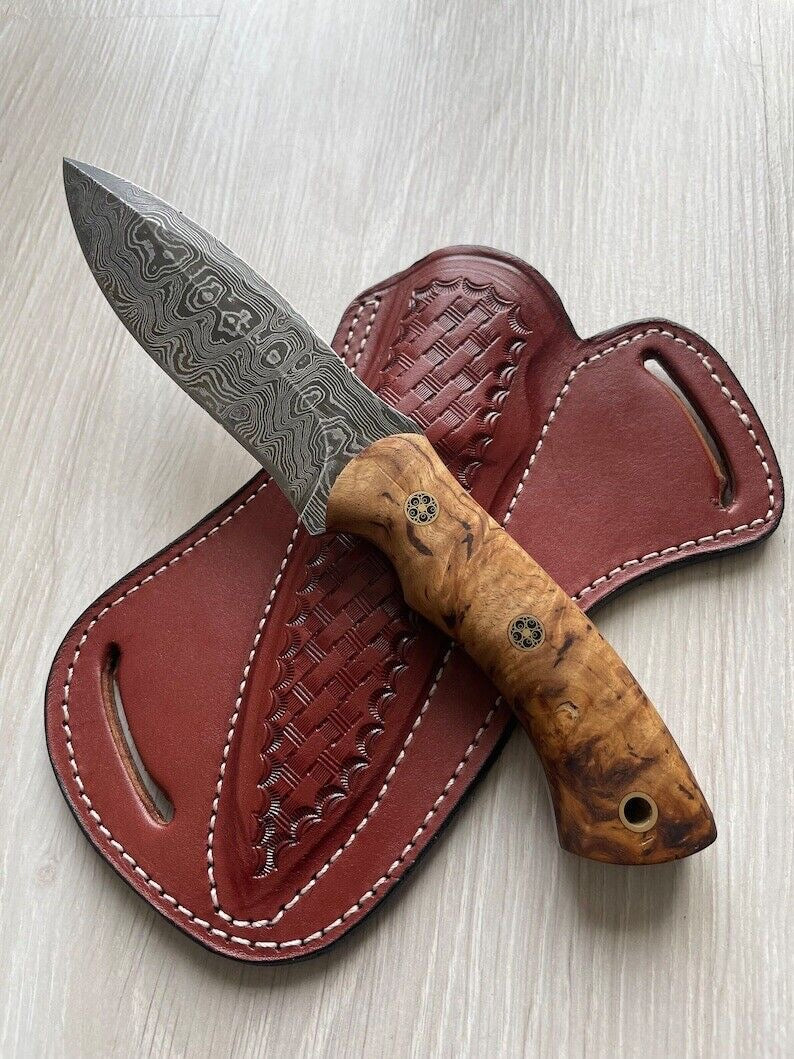
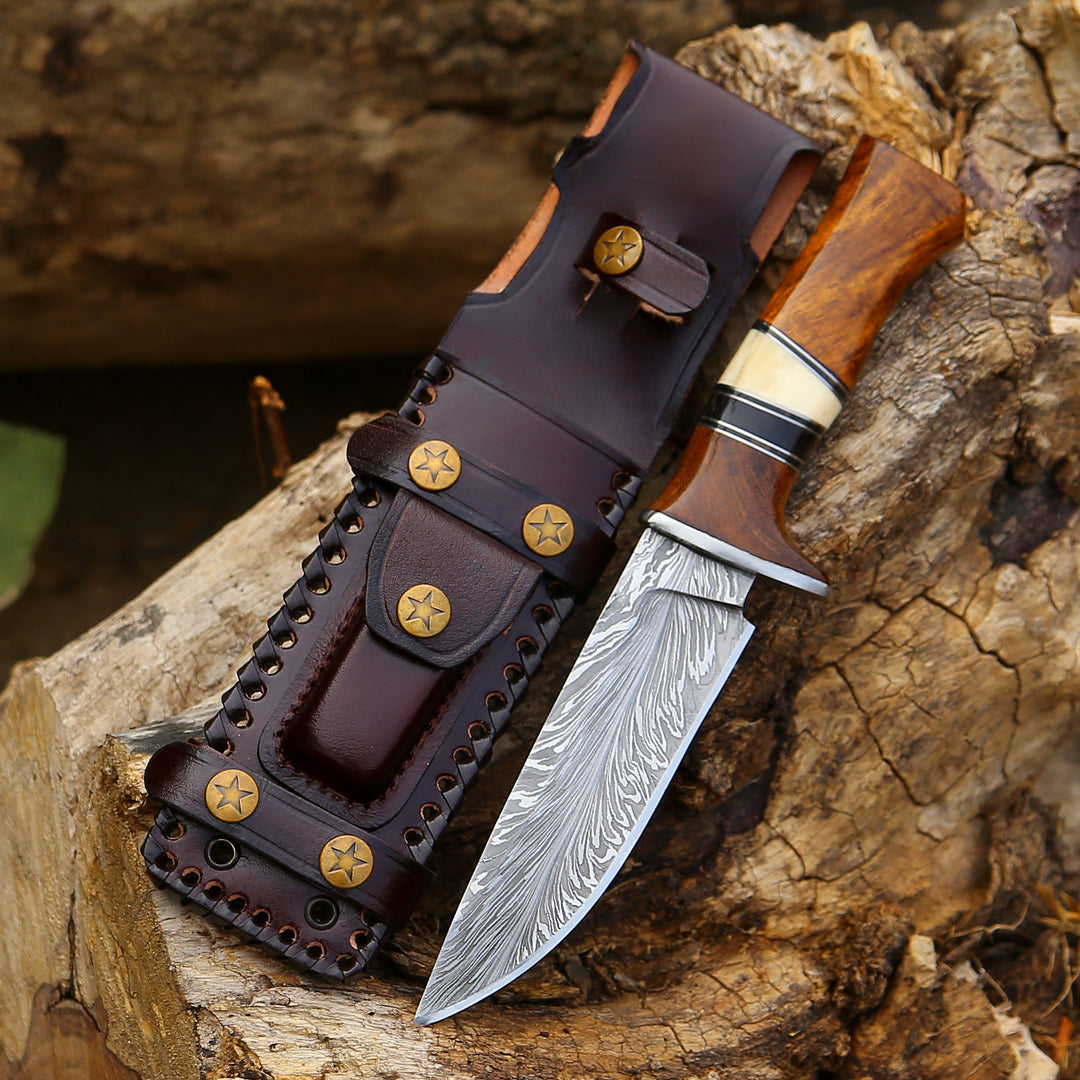
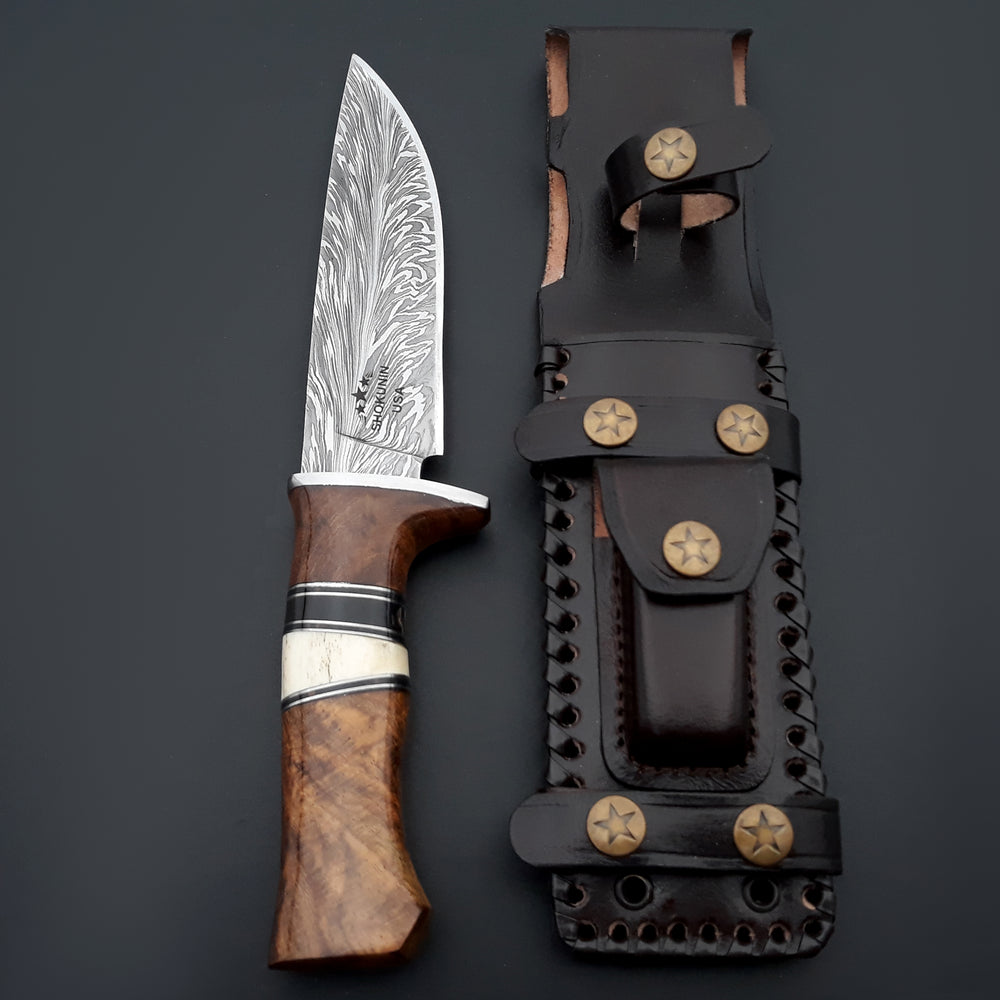
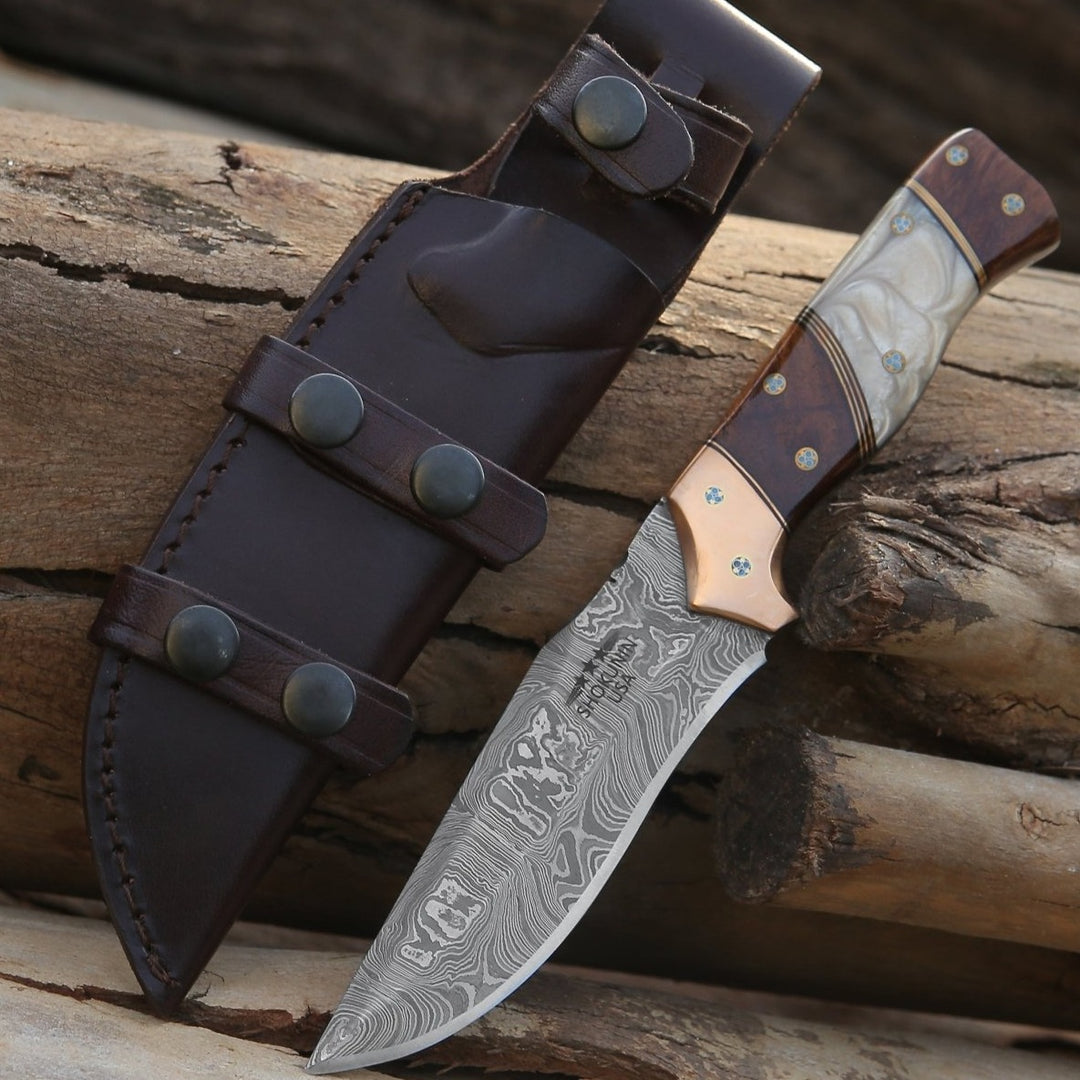
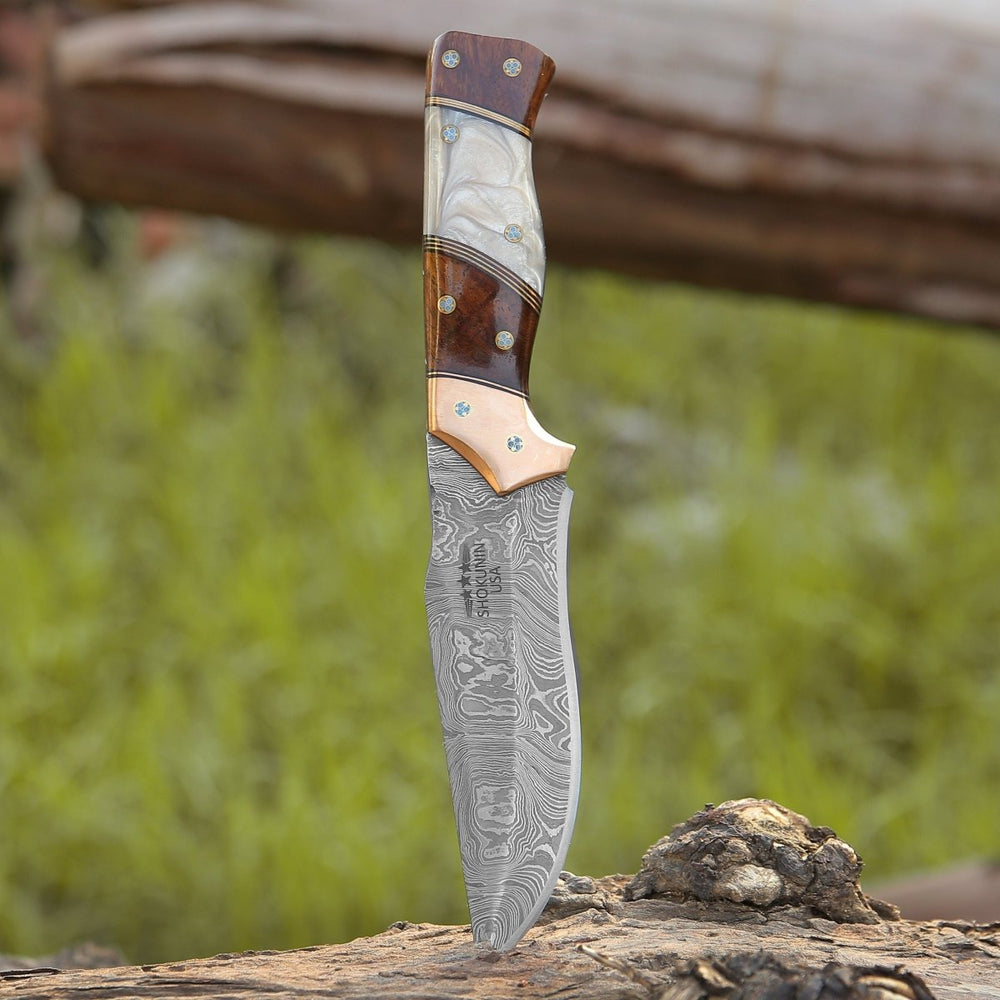
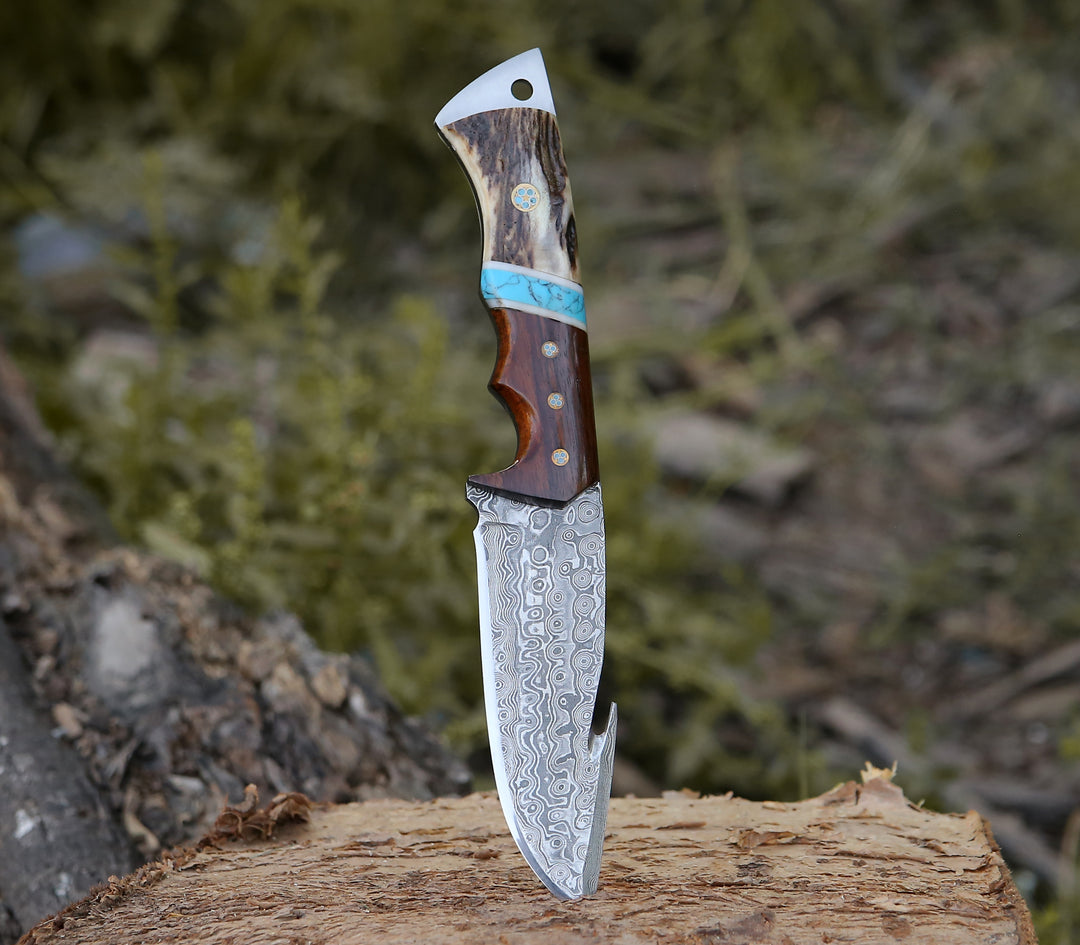
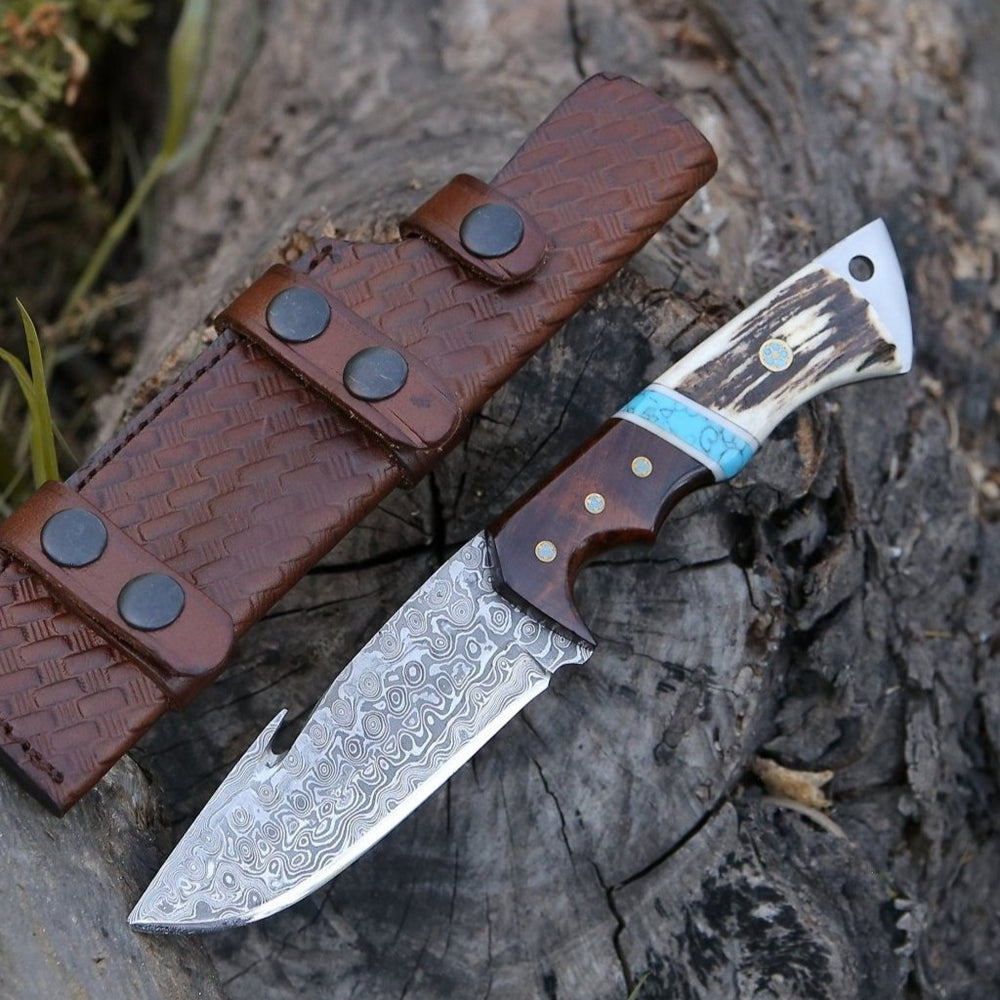
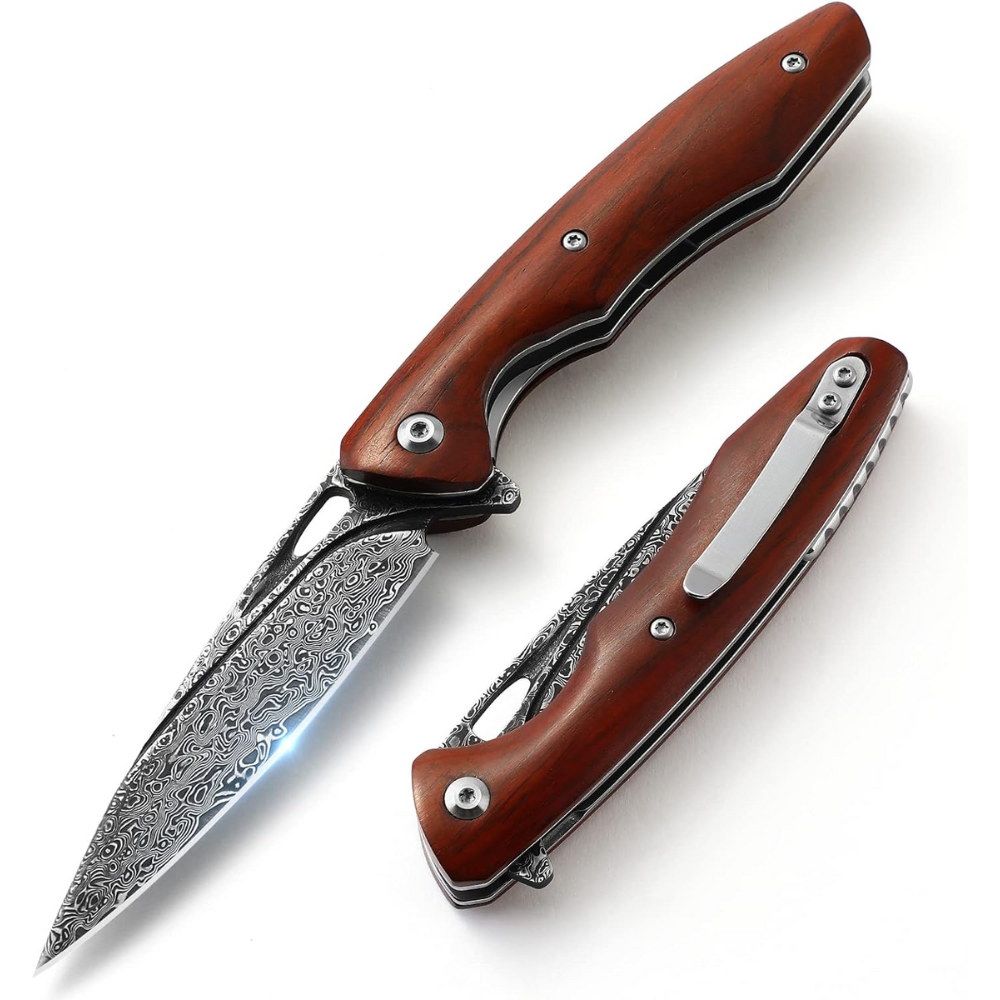
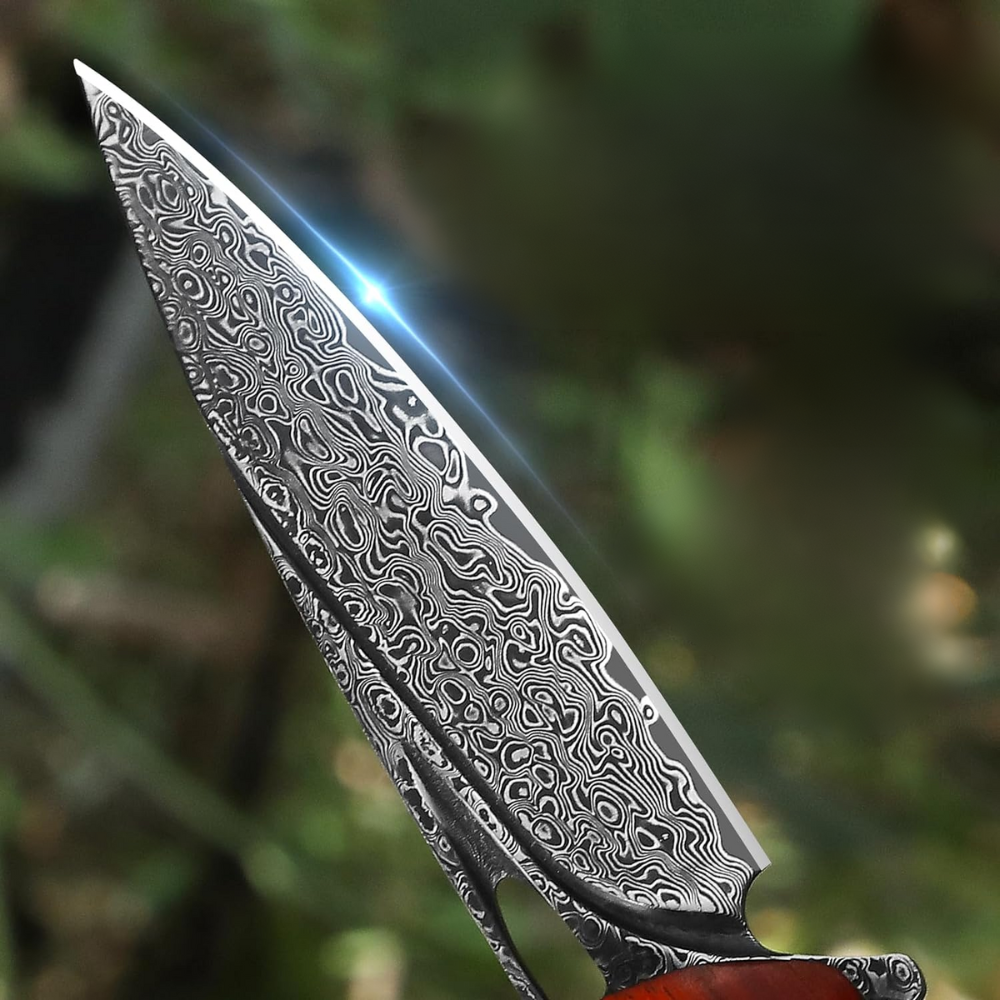

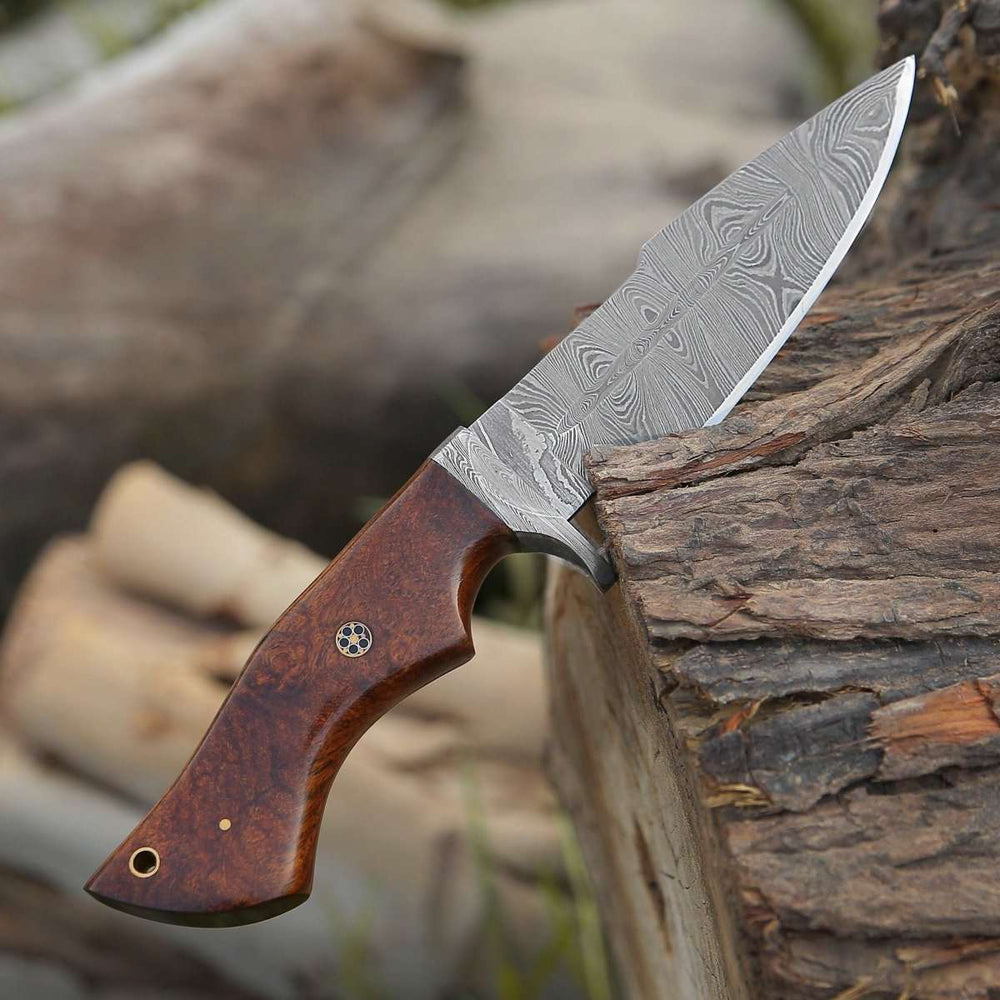
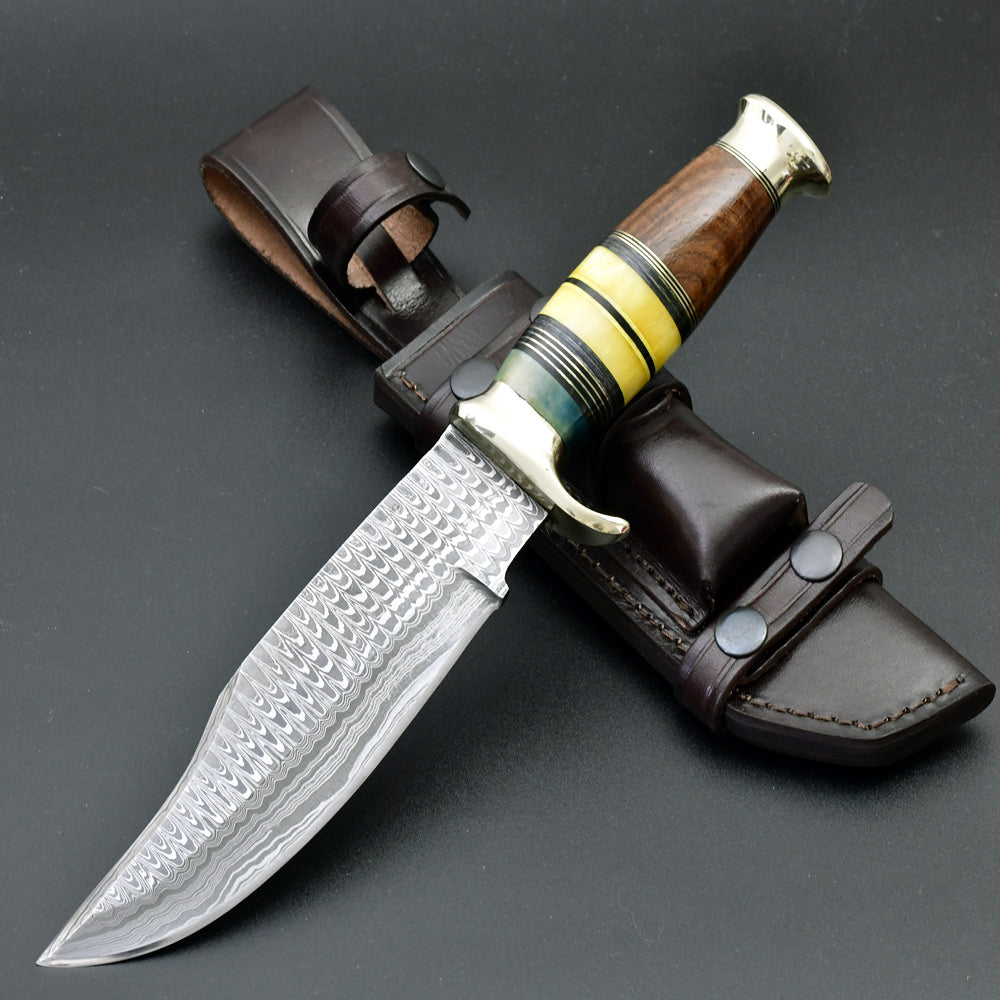
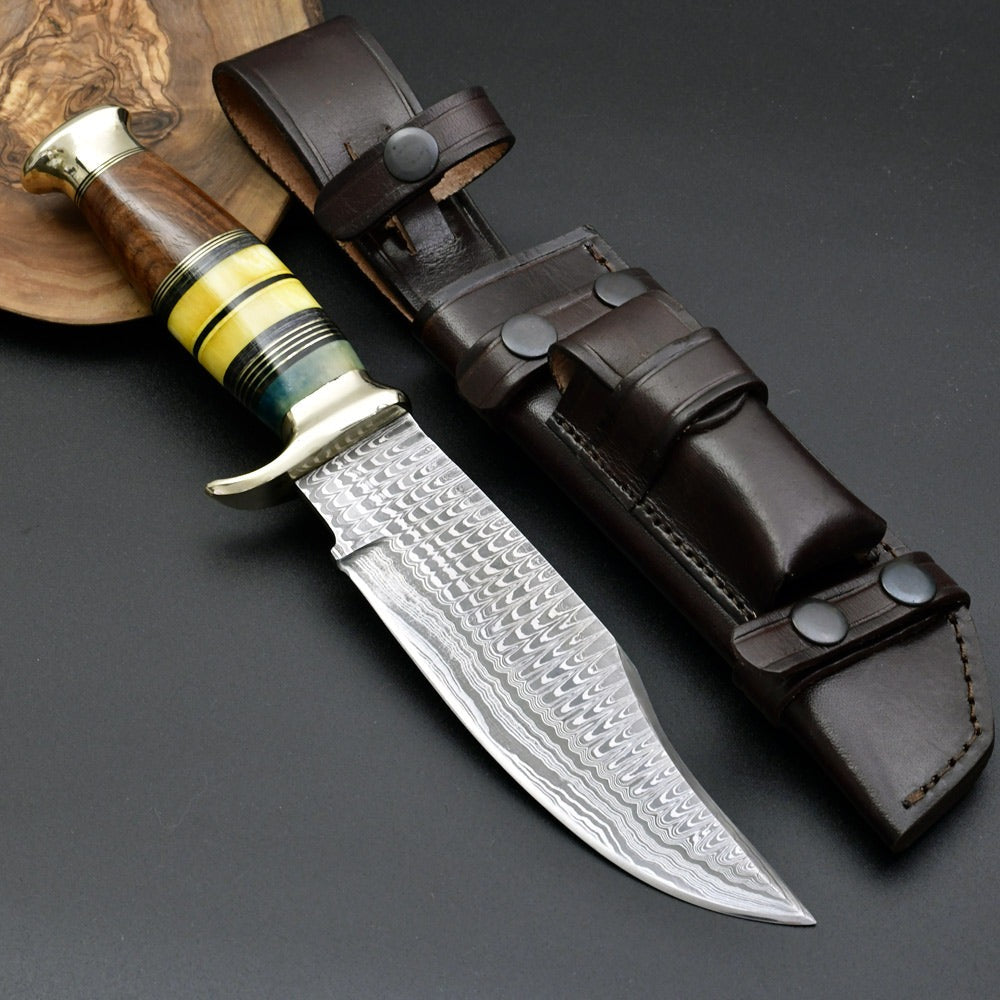

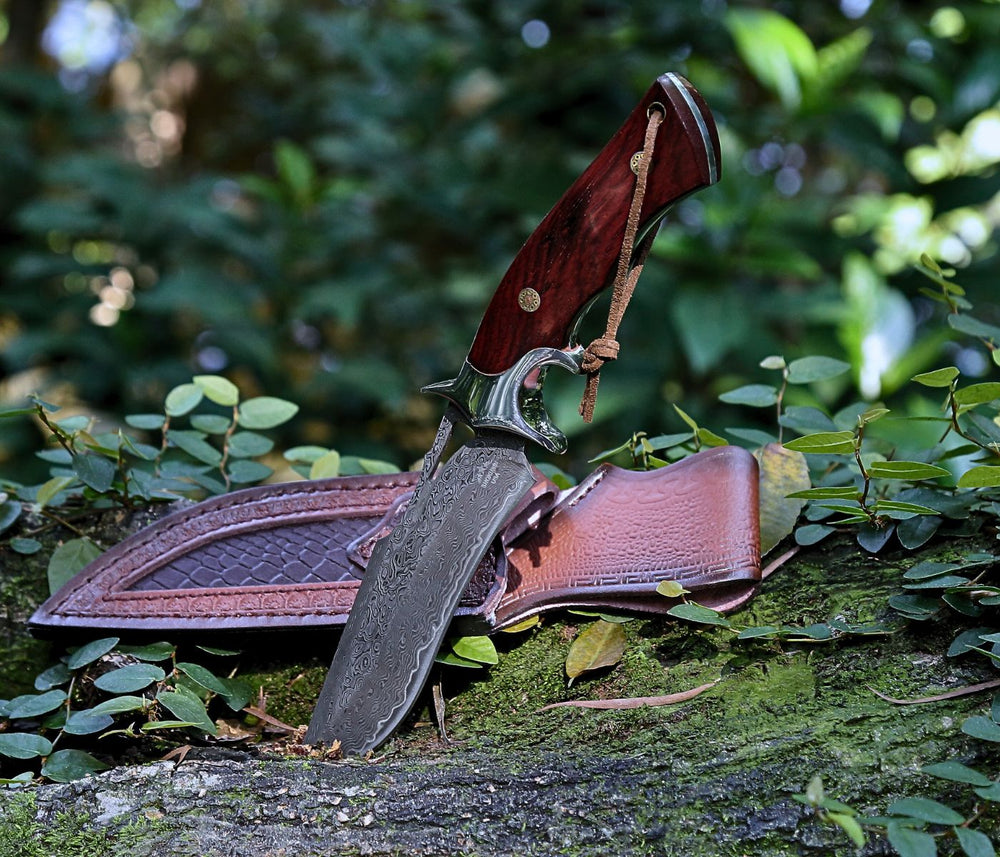
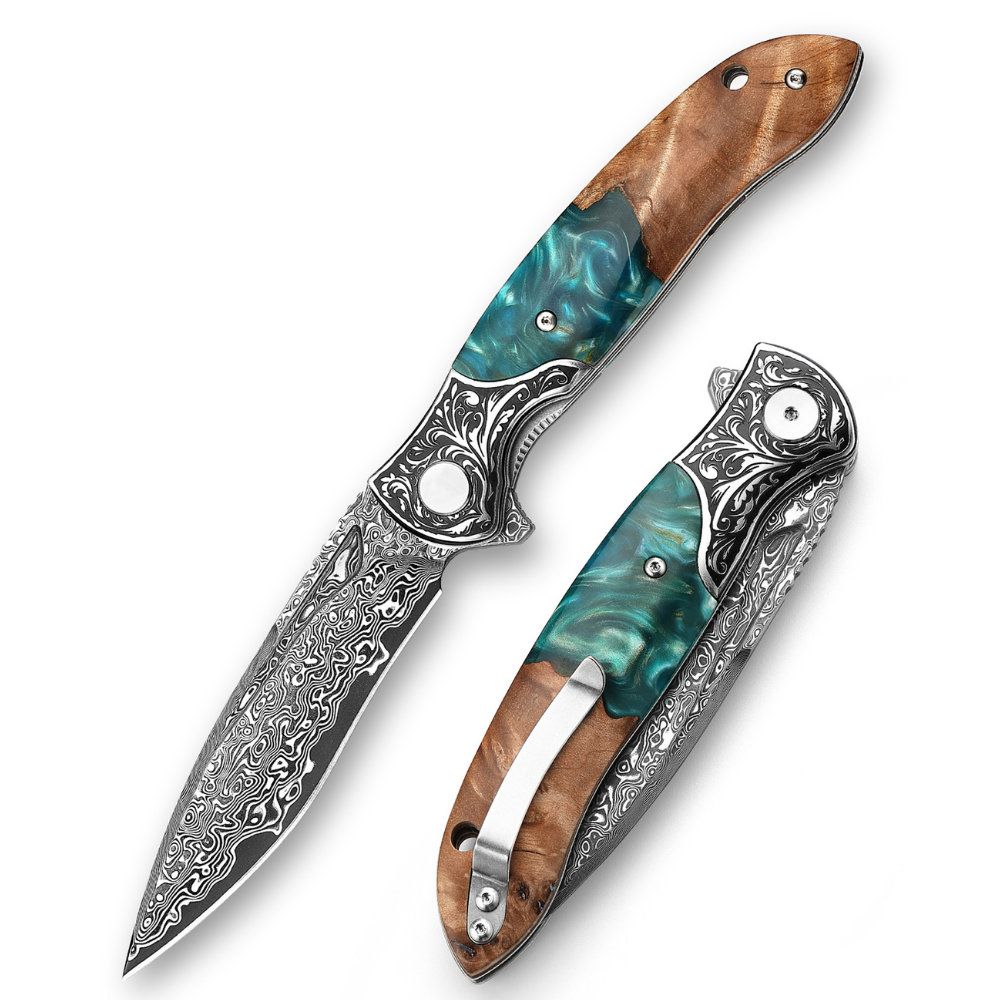
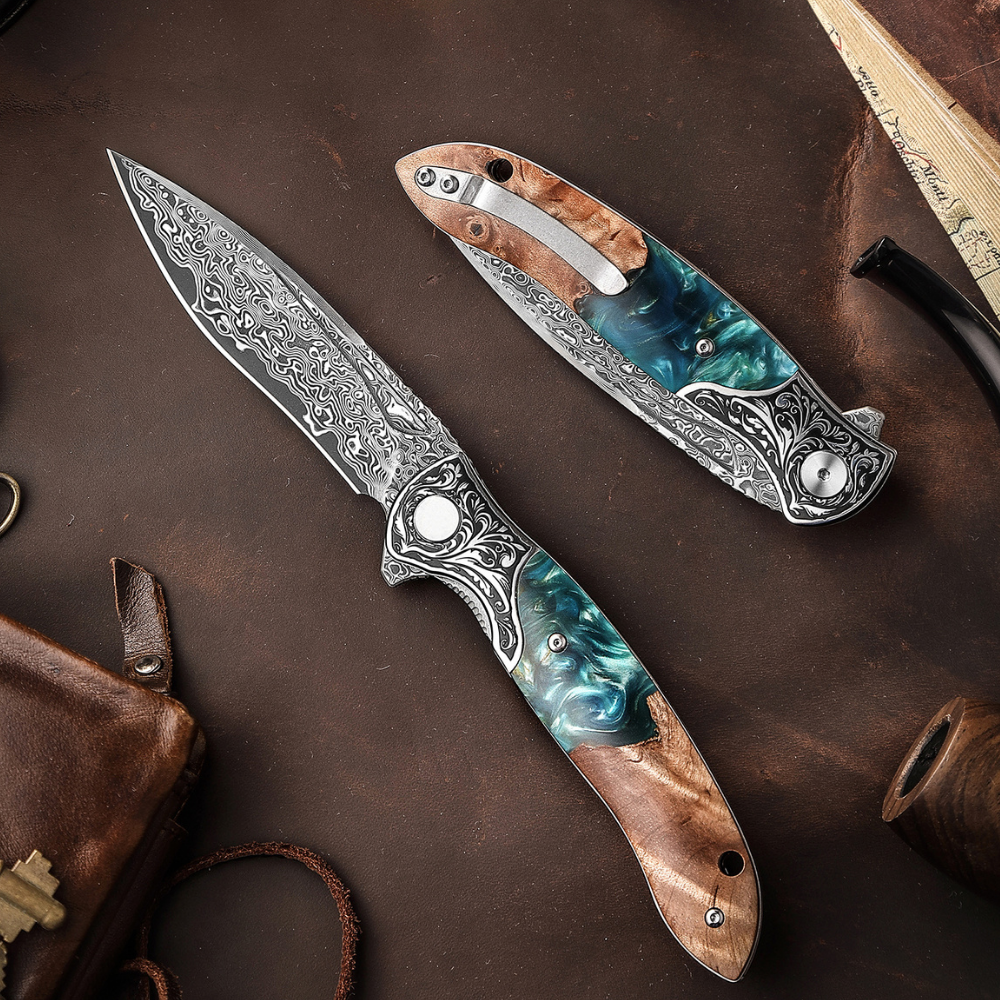
Leave a comment